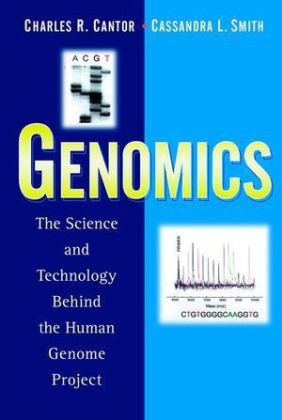Read more
Wissenschaftler aus aller Welt sind am Human Genome Project beteiligt, einem Projekt zur Erfassung aller Erbinformationen, die auf den 23 Chromosomenpaaren des Menschen gespeichert sind. Dies könnte zu enormen Fortschritten in der Behandlung von Erbkrankheiten führen. Erklärt werden die Grundprinzipien der im Projekt und in der modernen Molekulargenetik verwendeten Strategien und Technologien. Ebenso werden die chemischen und biologischen Eigenschaften von DNA und Chromosomen besprochen sowie die drei wichtigsten Verfahren der DNA-Analyse.
List of contents
DNA Chemistry and Biology.
A Genome Overview at the Level of Chromosomes.
Analysis of DNA Sequences by Hybridization.
Polymerase Chain Reaction and Other Methods for In Vitro DNA Amplification.
Principles of DNA Electrophoresis.
Genetic Analysis.
Cytogenetics and Pseudogenetics.
Physical Mapping.
Enhanced Methods for Physical Mapping.
DNA Sequencing: Current Tactics.
Strategies for Large-Scale DNA Sequencing.
Future DNA Sequencing Without Length Fractionation.
Finding Genes and Mutations.
Sequence-Specific Manipulation of DNA.
Results and Implications of Large-Scale DNA Sequencing.
Appendix.
Index.
About the author
CHARLES R. CANTOR, formerly principal scientist of the DOE Human Genome Project, is the Chief Scientific Officer of Sequenom, Inc., in San Diego. Dr. Cantor is on leave from Boston University, where he is Professor of Biomedical Engineering and Director of the Center for Advanced Biotechnology.
CASSANDRA L. SMITH is Deputy Director of the Center for Advanced Biotechnology and Professor of Biomedical Engineering, Biology, and Pharmacology at Boston University.
Summary
An exploration of the principles and methods underlying the Human Genome Project and modern molecular genetics and biotechnology.
Additional text
"this book is to be highly recommended..." (Human Genetics, May 2000)
Report
"this book is to be highly recommended..."(Human Genetics, May 2000)

